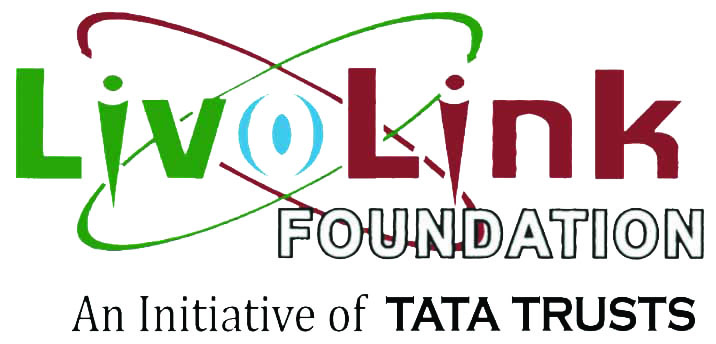What is Migration?
Migration is a routine livelihoods strategy in rural India and not simply a response to shocks and extreme vulnerability. People migrate because there is not enough work in the source of migration but such movement should not be understood only in terms of distress or forced migration, because many people perceive migration as an opportunity. Migration for livelihoods is an inevitable phenomenon in because of the uneven distribution of natural resources in rural area and growing level of regional inequalities between states and between village and city.
The economic reform period has witnessed industrialization and green revolution concentrated in few states of India like Gujarat, Punjab, and Maharashtra. On the other hand, the states like Bihar and Odisha are continuously dealing with the curse of poverty. In addition to this the social structure, drought in agriculture, forest displacement, and aspiration for higher earnings are some of the key contributors of migration in India. The National Sample Survey Organization (NSSO) data reveals that 41% of consumption for rural households comes from migration.
About the program:
Migration initiative 2016-19 of the Tata Trusts is unequivocally committed to the Goal of improve the quality of life of migrant workers by working at both source and destination supporting state efforts to improve the phenomena of Migration. Building the evidence base for the efficacy of different interventions and ways of working, setting standards for migration outcomes and developing mechanisms for delivery of interventions will enhance developed capacity of the system of network for scaling up.
The approach is with a view to work together with the government from the inception. Creating evidence for large-scale adoption within a system framework, taking a process to demonstrate that can be effective and efficiently reach to large target group in a mission mode within a time frame. This approach and process will not only make the issue behind the initiative visible among the stakeholders but also influence players such as government and corporates to join the mission for achieving the goal. Strategies and mechanisms have been identified to facilitate designing of the best possible operational plan to reach a sizable section of the community under distress migration, bring a visible impact for scale up and create evidences for influencing policy.
The Migration Initiative 2016-19 aim to take a focused approach with outreach to 50,000 plus migrant families with nearly 2.0 lakhs migrants. The initiative will cover 129 GPs & 869 villages in district saturation approach covering district of Nuapada and block saturation approach in two blocks each in Nayagarh and Kalahandi district respectively. The outreach will be through direct implementation and also scale up both by the Trusts and by influencing Government.
The program will be implemented Livolink Foundation in coordination with three partners such as PARDA, YCDA, KARMI . A project management Unit ( PMU ) is constituted holding professional from implementation and technological background to steer the program and provide handholding support to all the partners. The field implementing team of Livolink are based at the block level to roll out designed activities .
